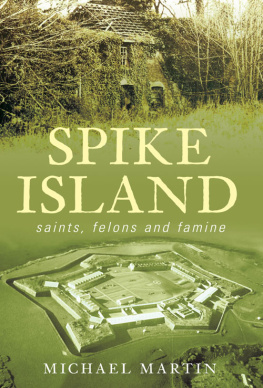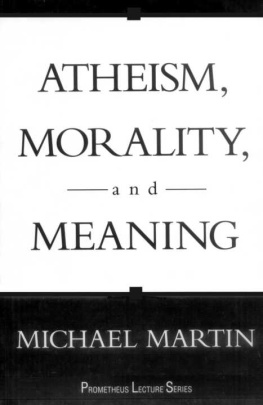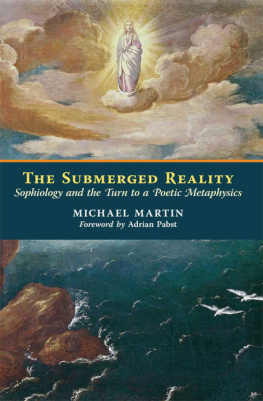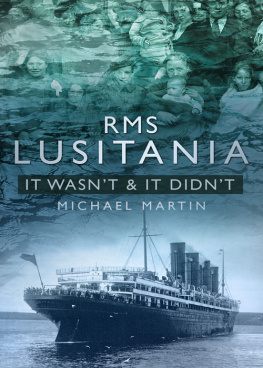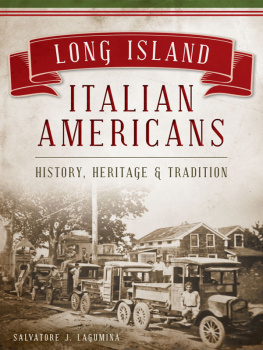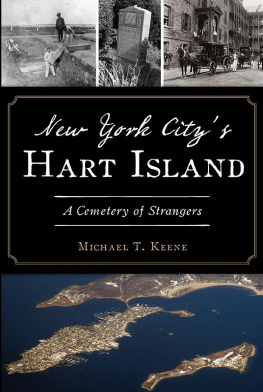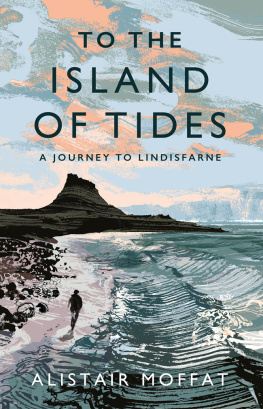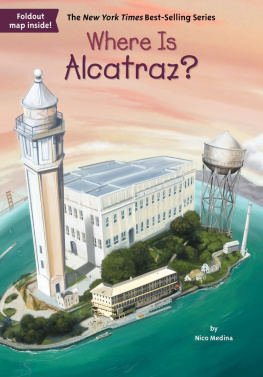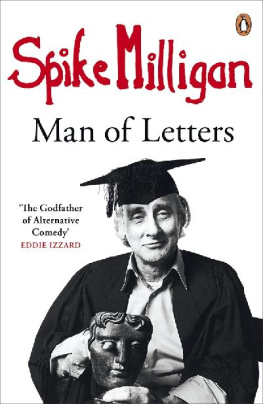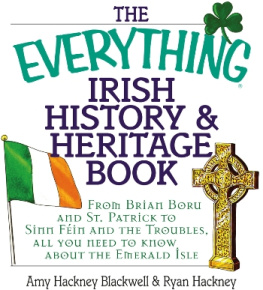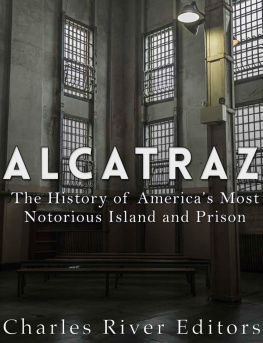SPIKE
ISLAND
SPIKE
ISLAND
saints, felons and famine
MICHAEL MARTIN
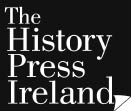
Dedicated to
Eamon and Elizabeth Martin (RIP)
my beloved parents,
who planted the seeds of inspiration.
First published in 2007, reprinted 2010
The History Press Ireland
119 Lower Baggot Street
Dublin 2
Ireland
www.thehistorypress.ie
This ebook edition first published in 2012
All rights reserved
Michael Martin, 2007
The right of Michael Martin, to be identified as the Author of this work has been asserted in accordance with the Copyrights, Designs and Patents Act 1988.
This ebook is copyright material and must not be copied, reproduced, transferred, distributed, leased, licensed or publicly performed or used in any way except as specifically permitted in writing by the publishers, as allowed under the terms and conditions under which it was purchased or as strictly permitted by applicable copyright law. Any unauthorised distribution or use of this text may be a direct infringement of the authors and publishers rights, and those responsible may be liable in law accordingly.
EPUB ISBN 978 07524 8110 4
MOBI ISBN 978 07524 8109 8
Original typesetting by The History Press
Contents
Acknowledgements
The writing of any book and the compilation of historical information requires a great deal of time, effort and work. While the author may be immediately attributed with the credit for his or her creation, there are always those in the background without whom the project would never have seen the light of day. In my case, I want to acknowledge the continual support, encouragement and tolerance of my wife, Geraldine. I am eternally grateful for your help, thank you. My two sons Ken and Gary also offered encouragement of a different type, from a different perspective. Thank you both.
During my research in Australia I was assisted in the most practical fashion with advice and sometimes accommodation by the people of Bothwell, Tasmania and the guides, historians, and officials of Port Arthur, in particular, Richard Lord and Susan Hood. My thanks also to my extended families, cousins of the Nealon family and close friends Josh and Maureen Sheils, as their family provided me with much needed R&R in Brisbane.
My sincere thanks also to Tom ONeill of the Irish Prison Service; Tom Foster, deputy governor of Spike Island; Cobh Town Council; Cobh Museum; local historian John Hennessy; Professor Dermot Keogh, Dr Damien Bracken and Gabriel Doherty of the History Department of University College Cork; Dr Carmel Quinlan, Dr Andrew McCarthy and Dr Michael Cosgave of the same institution; Tom McSweeney and Marcus Connaughton of RT Cork, who valued my research and brought it to life on national radio; Maureen Mahon, who understood the demands of the scribe and assisted me greatly in my working life so that I could concentrate on the research and the writing. Finally, thank you to my many friends, family and neighbours of Cobh and elsewhere who are far too numerous to mention.
1
Cork Harbour: Home to Spike Island
Spike Island. Fourteen centuries and more. Silent, knowing and bearing witness. A fortress island, a sanctuary, a place of learning, an island paradise, a living hell. It has been all these things. It remains aloof in the midst of comings and goings, developments and change. Unimpressed and unchanged itself, Spike Island is a repository of Irish heritage, a place reflecting many aspects of Irelands history. The best of it and the worst of it. The gifted, the Holy. The cruel, the inhuman. The famine.
There are numerous other islands of various sizes and shapes in Cork Harbour. Among them are the Rocky, Haulbowline, Corkbeg, Hop, Fota, Little and Great Islands and there is even a Rat and a Hare Island. Today, these islands and the encircling mainland reflect modern usage of the harbour as an industrial base and a leisure activity area. Many of the big names in the pharmaceutical industry operate research development and manufacturing plants on the western side of the harbour near Ringaskiddy and Shanbally. On the eastern side at Whitegate and Aghada, an oil refinery and an electricity generating plant help feed Irelands twenty-first-century energy requirements.
The island of Haulbowline, in the middle of the harbour, is home to the Irish Navy. Despite their small fleet they operate a number of ultra modern vessels and are full partners in the operation and running of the National Maritime College nearby. This college uses leading state of the art technology to educate students about life at sea. Simulation of storms, fires and evacuation by lifeboat in any number of situations are all features of the training that takes place there.
At East Ferry on the eastern end of Great Island, a different type of training is provided. Sailors young and old learn sailing skills at one of the foremost training centres, in the very same harbour that founded the concept of organised sailing for leisure. In 1720 the Water Club was founded on Haulbowline Island. It was to eventually become the Royal Cork Yacht Club and remains the first and therefore the oldest yacht club in the world. Although now situated at Crosshaven, the club was based in Cobh for many years before moving to its present location in the mid-1960s. Today at East Ferry the sailors of tomorrow are taught how to tack, track and navigate in yachts, cruisers and punts, always applying the principles of enjoyment and safety.
The town of Cobh attracts thousands of visitors each year. People come from scores of different countries to learn of the harbours past, its heritage, and its islands. Each of these islands has its own distinctive story to tell, making a fascinating collection. Where else on earth would you find a cluster of so many, in such close proximity, that were overlooked by pre-Christian cairns, that hosted seventh-century monasteries, twelfth-century military posts, fourteenth-century governors, eighteenth-century penal settlements, military armoury magazines, castles, keeps, Martello towers and the magnificent nineteenth-century Neo-Gothic architecture of St Colmans Cathedral. The islands in this harbour have witnessed the ravages of invasion, absorbed the tears of tragic famine and been tread upon by young, grey-faced soldiers destined for wars in foreign places. They have heard the wails of those dispatched in chains to distant prisons and felt the ray of hope in emigrant expectations.
Cobh is situated on the largest and most important of these islands. Its winding streets cling to ancient cliffs and hills. The entire town overlooks the grace and majesty of what is said to be second largest and most beautiful harbour in the world. This claim to being the second largest is not unique. In Great Britain they say its the harbour of Poole. In Canada, they say Halifax. Nobody seems to dispute that Sydney, Australia is the largest but have all the harbours of Asia, Alaska and other parts of the world been compared? Doubts remain.
Pivotal to the history of the town of Cobh (or Queenstown as it was known from 1849 to 1921) was its role as an important military port, where hundreds of thousands of soldiers, sailors and Defence Department officials of the British establishment were stationed. There was a British military presence in the harbour for approximately eight centuries. The town was an embarkation point for troops onward bound for conflicts such as the Crimean and Boer Wars. Earlier, large fleets had gathered there, awaiting the Royal Navy to provide sea-escorting duties during the trying years of the Napoleonic Wars. During the First World War, an American fleet of ships also came, and over the years, hundreds of shipping company clerks and executives operated the shipping line companies that flourished when Cobh was a hub of transatlantic travel.

